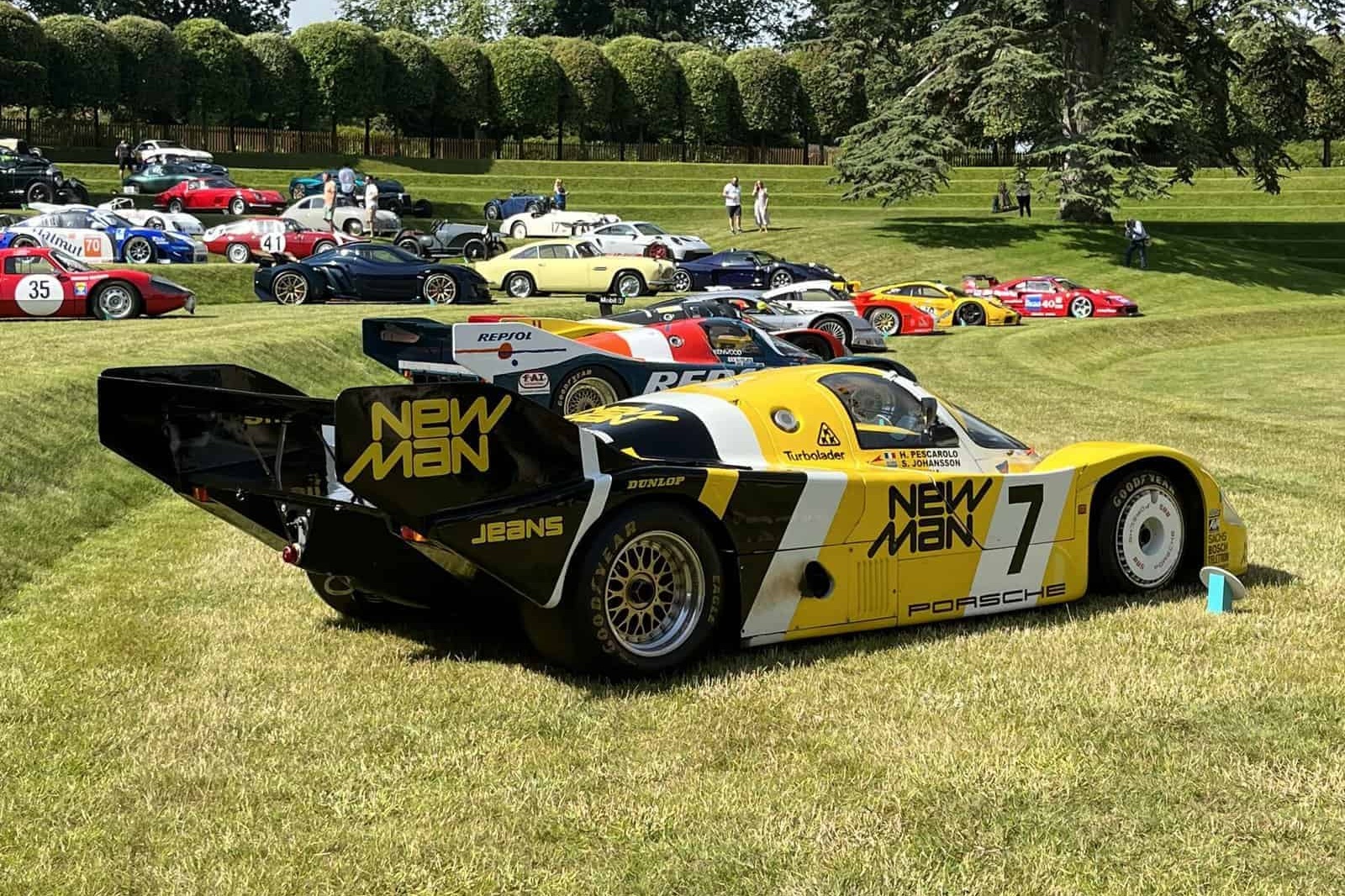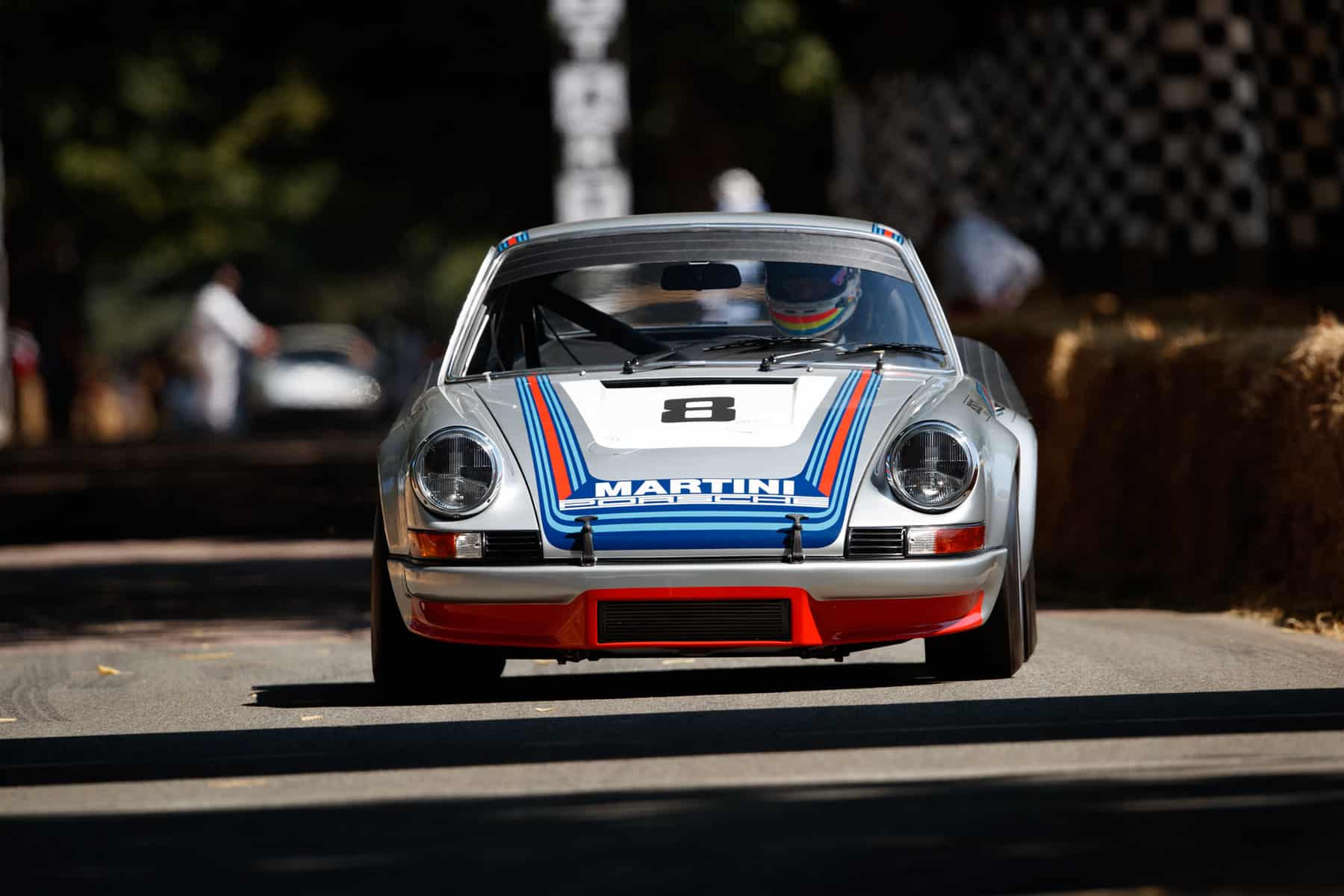“Exnercising”
A unique Bugatti
BY: KARL LUDVIGSEN
PHOTOS: LUDVIGSEN PARTNERS AND VIRGIL EXNER, JR.
Introduced by a renowned publisher, the post-war version of a Jean Bugatti masterwork was transformed two decades after its creation by a great automobile designer. The result is a sleek and spectacular super-sports car for the ages.
The post-war picture for the great Bugatti marque could not have looked less promising. Echoes of memorial services in Paris and Dorlisheim for the great Ettore Bugatti in the late summer of 1947 were still audible when the doors opened in October for the Paris Salon. Examples of a new, four-cylinder 1.5-liter Type 73 were on show, bravely built in the famous works at Molsheim that was wrecked by its German wartime occupant.
Although Ettore’s son Roland was the titular head of the Bugatti enterprise, rescued in the courts from the grasp of a left-leaning government, Pierre Marco was its general manager. A thirty-year Bugatti veteran, former racing driver Marco represented half of the company, left in the hands of Ettore’s second wife. Down-to-earth and practical, Marco took in vehicle repairs and servicing, plus looking after the Bugatti-powered railcars that were still operational in France. He also oversaw the updating of a car design based on Bugatti’s pre-war best-seller.
The result of Marco’s efforts was on display at the 1951 Paris Salon. It was the Bugatti T101. Bodied by Gangloff, it had sleek, all-enveloping lines that were the hallmark of the post-war motor car. Only the famed horseshoe shape of its radiator grille gave a link to its Molsheim heritage. The chassis was fundamentally pre-war, designed by Bugatti’s brilliant son Jean and launched in 1934 as the T57.
The result of Marco’s efforts was on display at the 1951 Paris Salon. It was the Bugatti T101. Bodied by Gangloff, it had sleek, all-enveloping lines that were the hallmark of the post-war motor car. Only the famed horseshoe shape of its radiator grille gave a link to its Molsheim heritage. The chassis was fundamentally pre-war, designed by Bugatti’s brilliant son Jean and launched in 1934 as the T57.
The T101 was powerful. In unblown form its 3.3-liter eight produced 135 hp. With a Roots-type supercharger as the T101C, its power rose to 190 hp and 200-plus hp with a modest increase in boost pressure. This gave the post-war Bugatti the highest horsepower of any European road car of its time, also rivaling the contemporary output of such American V-8s as those of Chrysler and Cadillac.
Said Bugatti historian Jonathan Wood, “The T101 was a costly cart-sprung model which had been outdated in 1939, with an obsolete fixed-head eight-cylinder engine that was expensive both to run and to tax. There were at least seven built and one chassis was never bodied.” Herein lies the crux of our almost-improbable story.
One of Ettore Bugatti’s most ambitious ventures was the design and building of a three-car team of two-liter racing cars to compete in the Indianapolis 500-mile race in 1923. Qualifying well, the three works cars joined two private Bugatti entries to mount a strong challenge to the home-country Millers and Packards. One finished ninth, just behind the Mercedes that was the best-placed foreign entry.
Following the race with rapt attention, at his father’s elbow was a Michigan-born thirteen-year-old lad, Virgil Max Exner. Already enthusiastically sketching cars in his school notebooks, Virgil admired the Type 30 Bugattis, the company’s first narrow single-seated racing cars and the first to have the famed horseshoe-shaped radiators. Later in the 1920s he took his art-school training to Indiana, where he illustrated advertisements and catalogues for Studebaker cars.
In 1934 Virgil Exner became a designer in the General Motors studios being expanded by Harley Earl. At just twenty-six years old, he became a studio chief for Pontiac. But times were tough in the Depression, even at GM. When famed industrial designer Raymond Loewy came in search of designers in 1938, Exner and his family moved to New York where Loewy was based.
With Studebaker an important client, Virgil was placed in charge of the account. His vision and taste were manifested in the handsome Studebakers of the late 1930s, with Exner and his family moving to South Bend, Indiana, to be closer to the company. This inevitably evolved into attitudes of the Indiana gang that conflicted with those of Loewy, leading to bust-ups when the latter visited and the forming of a counter-Exner styling group. The home team prevailed, with Exner’s cadre designing the sensationally advanced Studebakers of 1947 that allowed the company to gloat: “First by far with a postwar car.”
Realizing that his close friend Exner would be at risk when he retired, on his behalf Studebaker chief engineer Roy Cole put feelers out to the Big Three. Aware that its functional and boxy post-war styles were not trend-setting, Chrysler was open to their approach. Cautiously at first, it put Virgil al [is this meant to be “et al” or “at”] the head of a non-existent advanced-styling studio. He exploited this to design several “idea cars” that were publicized to show what was possible. Exner had them built by Turin’s Carrozzeria Ghia, which already had a foothold at Chrysler.
Gaining credibility from the positive reaction to his exciting and well-promoted “idea cars,” Virgil Exner was finally called upon to redesign the 1955 Chryslers, DeSotos, Dodges, Imperials, and Plymouths in what amounted to a crash program. They sold so well that the prematurely gray Exner was named the corporation’s first director of styling at the age of forty-four. He launched design of the all-new “Forward Look” models of 1957, which with their striking lines and prominent fins not only appealed to buyers but also transformed American car design. “Suddenly…it’s 1980!” was no exaggeration.
When the 1962 Chrysler Corporation range was rejected by the public as inadequate, thanks to shrunken models prompted by an executive’s misheard country-club gossip, Virgil Exner was the scapegoat. Said biographer Peter Grist, “Frustratingly for Exner, the cars that he had already designed for 1963 were a great success and sales for all divisions increased dramatically,” with his successor getting the credit as usually occurs in the auto industry.
Now a freelance design consultant, in 1962 Exner set up Virgil M. Exner, Inc. with his son of the same name, whose dowry for the company was design work he had been doing for Ghia since 1955. The two would work productively from offices in Birmingham, Michigan, for Ghia and makers of boats, racing cars, and revivals of famous marques including Duesenberg and Stutz.
And why not Bugatti? The last T101C chassis, supercharged number 101506, was still at Molsheim in 1961. It was the chassis that Madame J. C. Gomet had in mind in November of 1962 when she commissioned well-known Italian stylist Giovanni Michelotti to propose a design for it. Probably to be built by Vignale, this was a coupe on a shortened wheelbase. That was not destined to be the fate of this T101C, however.
In 1961, American E. Allen Henderson acquired chassis 101506 from the Bugatti estate. Resident of Perth Amboy, New Jersey, Henderson was a well-known albeit reclusive Bugatti collector. Experiencing ill health, in 1964 he contacted L. Scott Bailey, publisher of Automobile Quarterly and a trustworthy friend of the Bugatti enthusiast, to say that he was thinking of selling some of his cars, including the naked chassis.
Soon thereafter Bailey attended the launch party for the Exner-styled revival Duesenberg at the designer’s Michigan studio. He mentioned to the Exners that the final T101C chassis was among the items on the block in New Jersey. Intrigued, they came to New York to discuss the chassis and its potential, continuing their talk over lunch at the Dreyfus brothers’ Manhattan restaurant Le Chanteclair. Arrangements were made with Henderson for a visit to his Bugatti cache. Accompanying them was André Surmain, restaurateur and noted collector.
When the party reached their destination, wrote Peter Grist, “they found a rundown house and a large barn. They were shown around by the housekeeper who, on opening the barn doors, revealed a row of fourteen unrestored Bugattis including a T57 SC Corsica roadster, a 1939 T57 four-door Galibier saloon, and the chassis. The T101C chassis, numbered 101506, was fitted with a supercharged engine and a basic box seat so that it could be driven.”
For a “revival cars” article in Esquire magazine Exner had speculated about the way a modern Bugatti might look. He envisioned a sports car that played on Bugatti’s great racing heritage. Here was his chance to realize that dream in the metal. “Through Scott Bailey,” said Grist, “Exner purchased the naked car from Henderson for the sum of $2,500. A month later Exner Junior, with his best friend Mike Cleary, collected the chassis and trailered it through winter blizzards back to Michigan, towed by their 1964 Plymouth station wagon.”
In preparation to revise the chassis to suit a sports-car body, Exner, Jr. and Mike Cleary shortened its wheelbase by 18 inches to 112 inches. Major changes were needed to allow the low seating that Exner had in mind. Assisting with the Bugatti’s re-engineering were close colleagues Paul Farago and Dale Cosper. A feature of the Type 101 was a Cotal electrically actuated transmission. As this chassis has a manual gear shift, it is likely to be fitted with its original four-speed transmission.
With the traditional Bugatti grille placed front and center, Exner envisioned a low-slung, muscular roadster body that swept back into a curved Corvette-like rear end. Louvres in the bonnet and flanks picked up a characteristic of the Bugatti racing cars while oval rear lamps echoed the theme of the Bugatti badge. Originally proposed was an external exhaust pipe on the left-hand side.
Dale Cosper worked with the Exners to prepare body drawings and a one-eighth scale model to guide the coachbuilders. As with many clays built in the industry a half-model was made, then set against a mirror to give the impression of a complete car. Highly detailed and finished in dark blue, the model was returned to Exner, Jr. and retained by him.
Working strictly to the designs and model prepared by Exner and his son, Carrozzeria Ghia built the body. It held superbly to the proposed design as it had during the build of so many idea cars for Exner at Chrysler, among the few changes being a conventional exhaust and a split instead of one-piece windscreen. Ghia absorbed the construction costs and all shipping to and from Italy in compensation for the more than $27,000 in consultancy fees that it owed to the Exners.
The result, painted midnight blue with ivory wire wheels, was revealed at the Turin Salon in November of 1965. Virgil Exner’s design was a tour de force of engineering as well as styling, achieving a low-slung sports-car design on a chassis not originally intended for such bodywork. This required cutting down the cowl structure and lowering the seating between the side rails of its robust chassis frame. The design proudly thrust forward an ovoid Bugatti radiator shell between cooling-air intakes in coves that housed its rectangular headlamps.
If Exner’s styling of 101506 was “somewhat amazing,” in the words of Type 57 expert Barrie Price, it was in this respect at least entirely in the tradition of many previous Bugattis. With its motorboat-style veed windscreen and swooping wing lines, the T101C-X—as it became known—communicated speed and luxury. In particular its sporty yet luxurious interior was anything but an afterthought, designed and executed by Virgil Exner, Jr. with personality and panache. All-weather equipment was included in the vehicle.
Virgil Exner deserved plaudits for his courage and daring in clothing the newest existing Bugatti chassis with a fresh body style instead of aping the work—admittedly magnificent—of Jean Bugatti by making just another replica of a pre-war T57. Barrie Price commended Exner for a radiator design that was “the most traditional interpretation of the Bugatti horseshoe seen on any Type 101.”
From the perspective of the twenty-first century, the Exner T101C-X may be seen as the quintessence of Pierre Marco’s brave attempt to revive the marque. By showing it at Turin, Virgil Exner had hoped to spark interest in a production series, with a modern chassis, but this didn’t eventuate.
After driving the T101C-X for some 1,000 miles, in 1969 Exner sold it to Thomas Barrett III, a collector of fine supercharged cars. The car was later acquired by Irving Tushinsky. The Blackhawk Collection bought it around 1984 from an anonymous owner and sold it later to General William Lyon. At his elegant collection it joined not only the world’s most exotic luxury cars but also the stunning 1964 copper-clad Mercer Cobra, another Virgil Exner triumph. What a legacy!

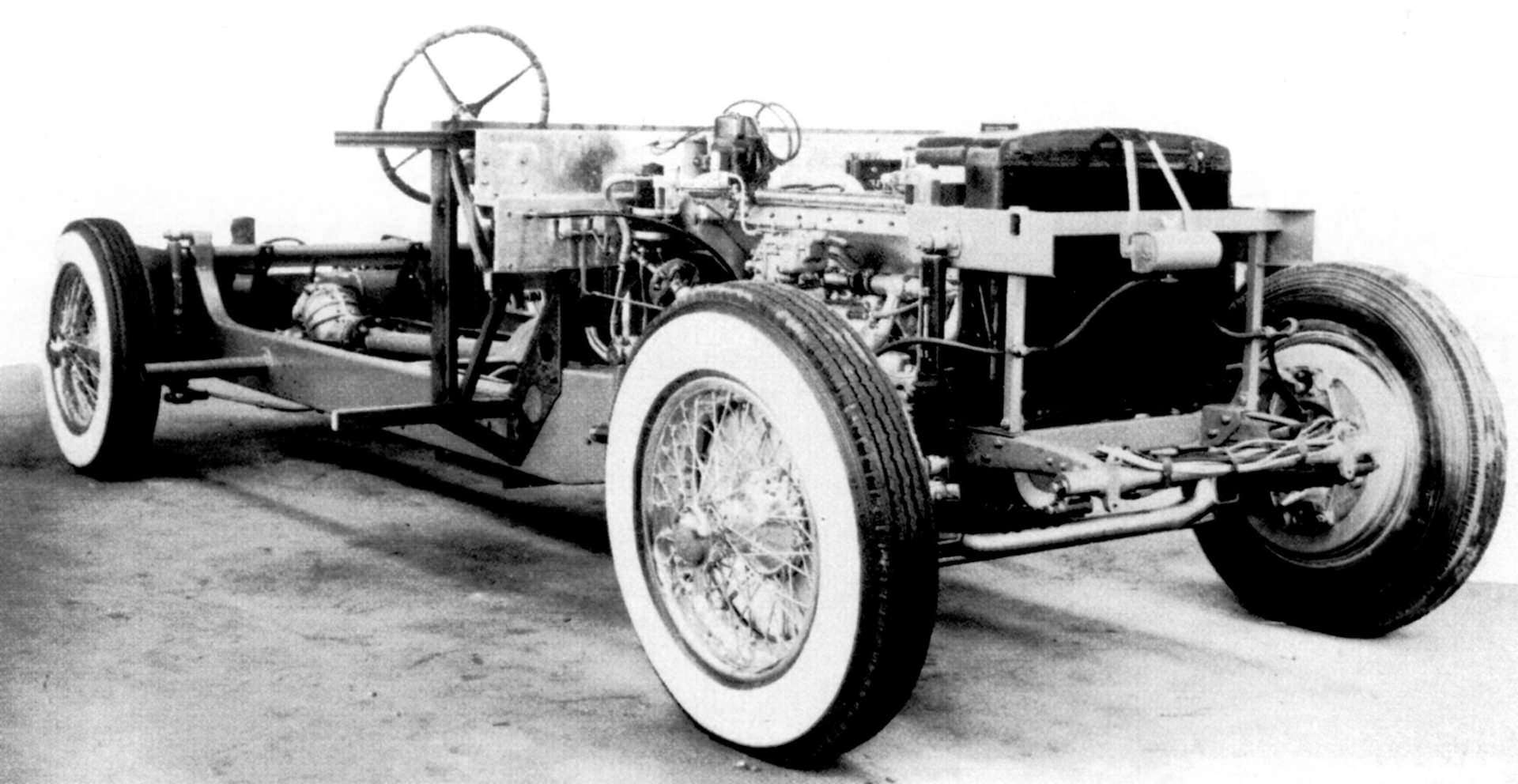
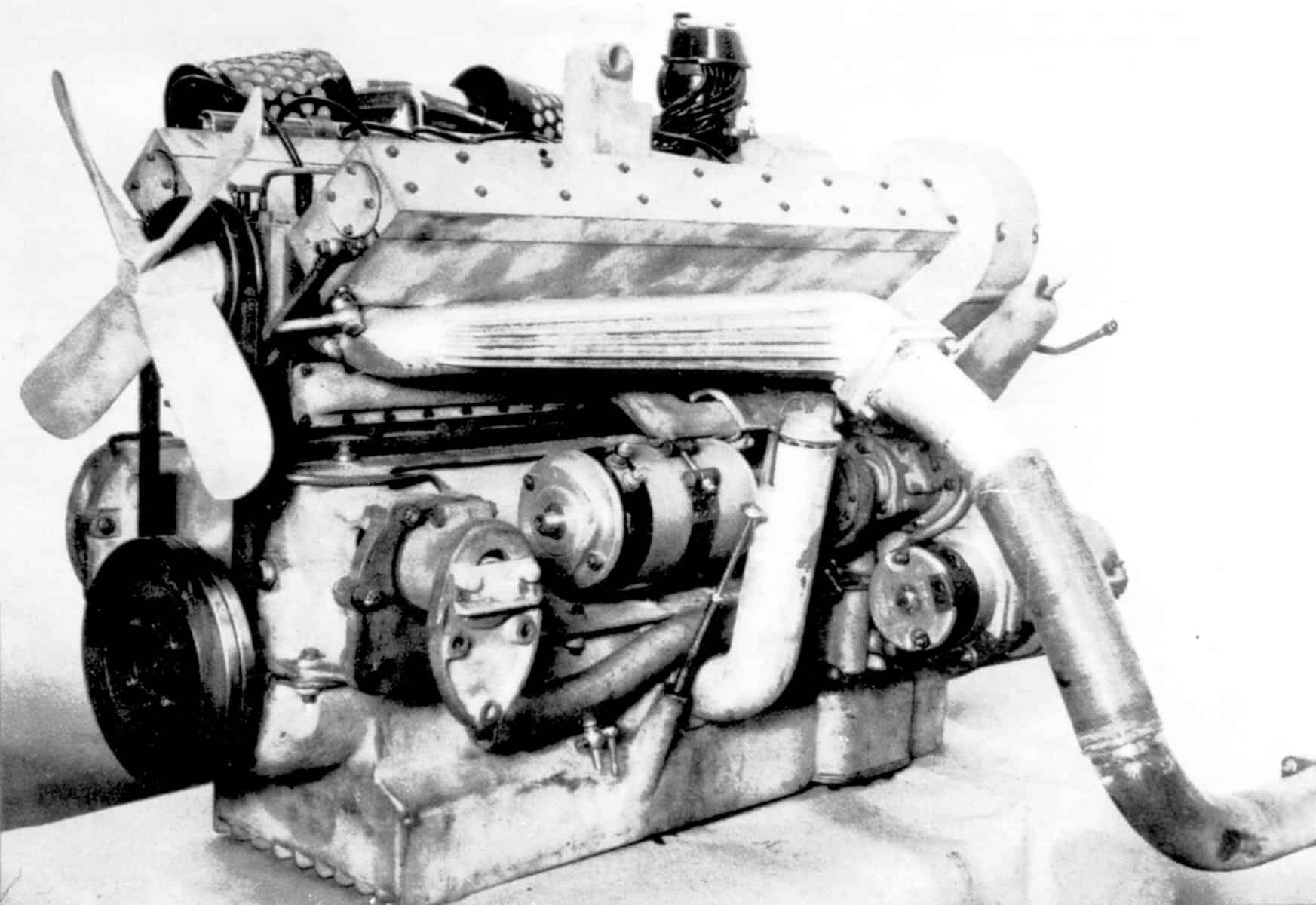
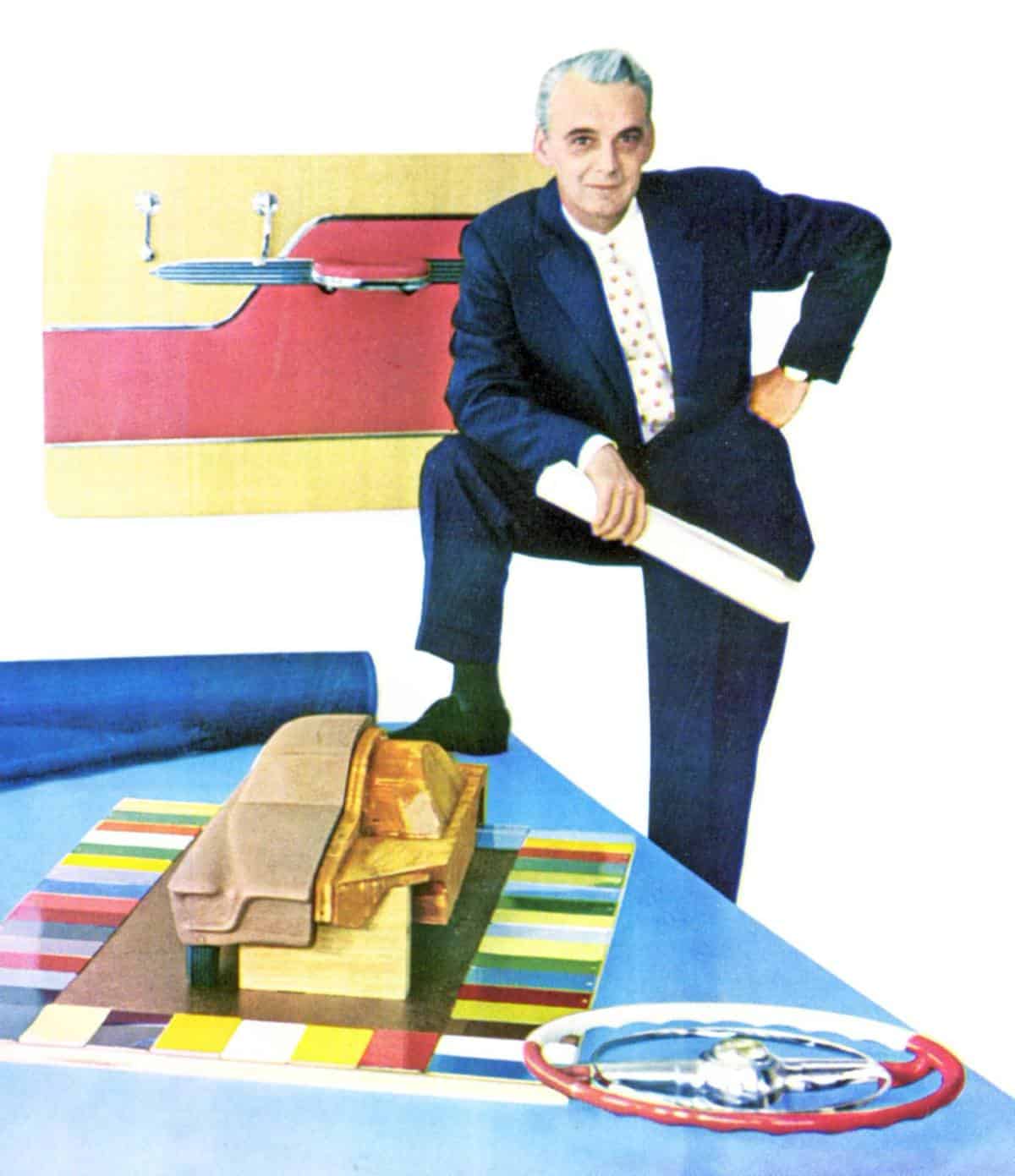
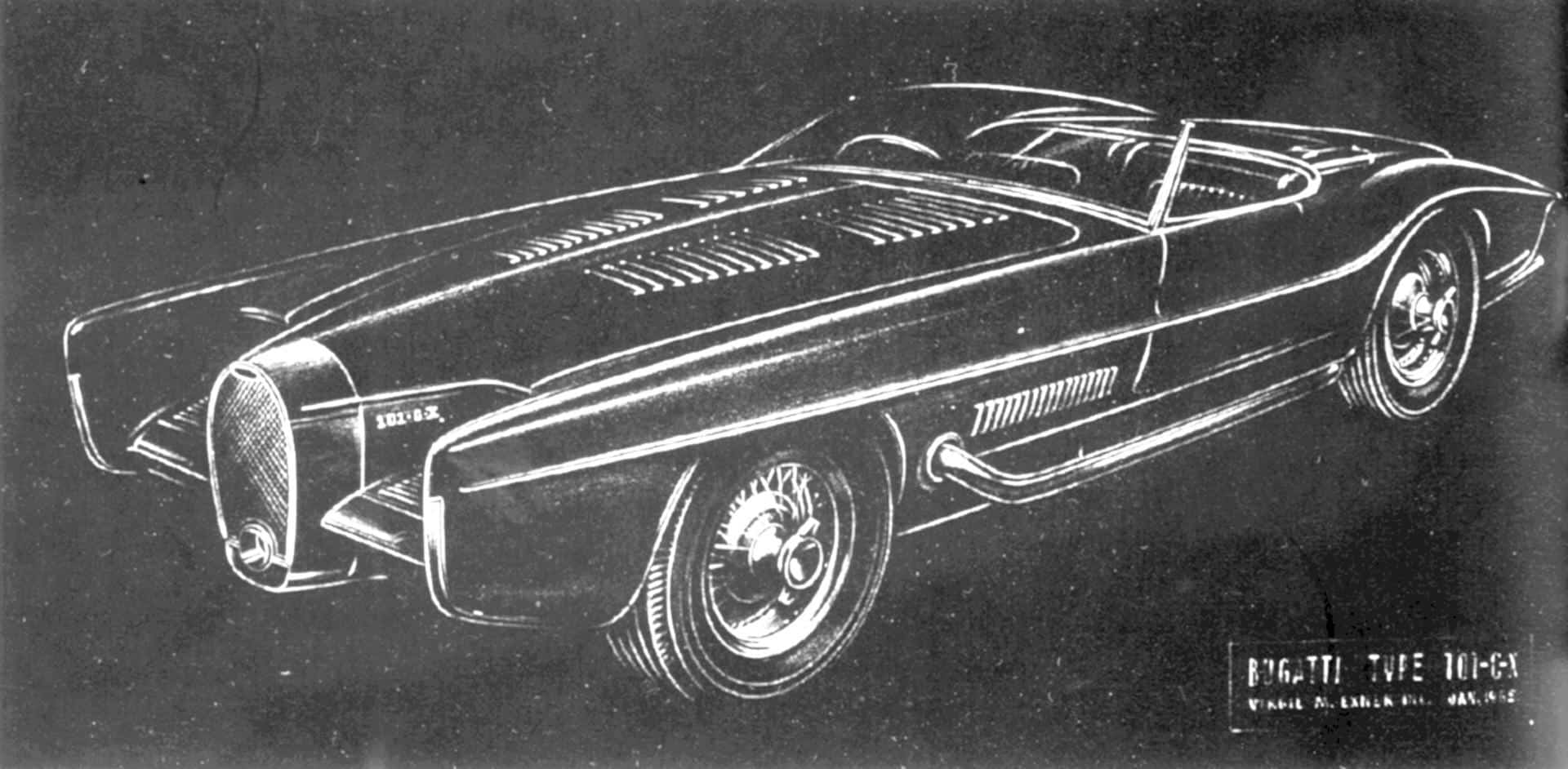
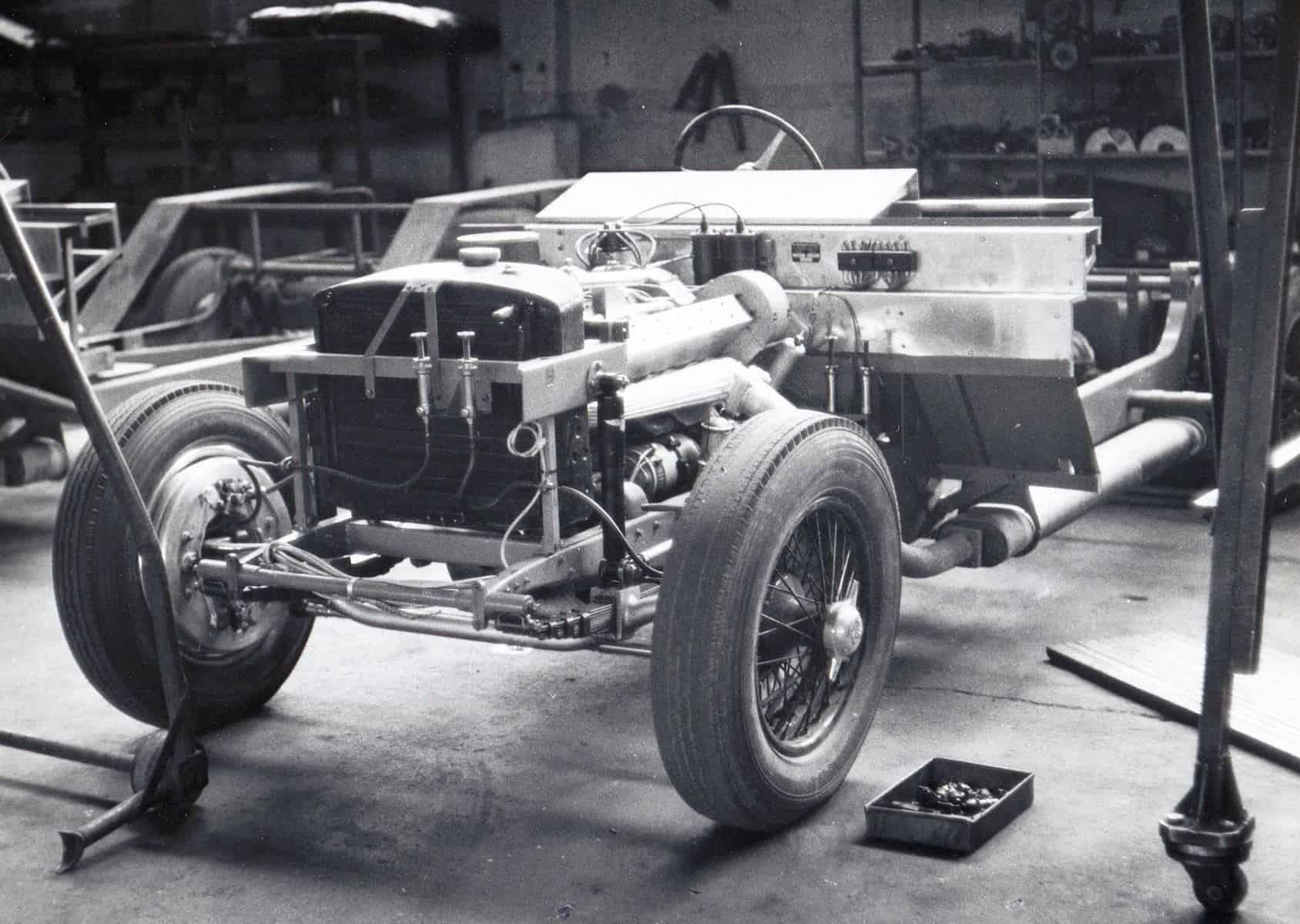
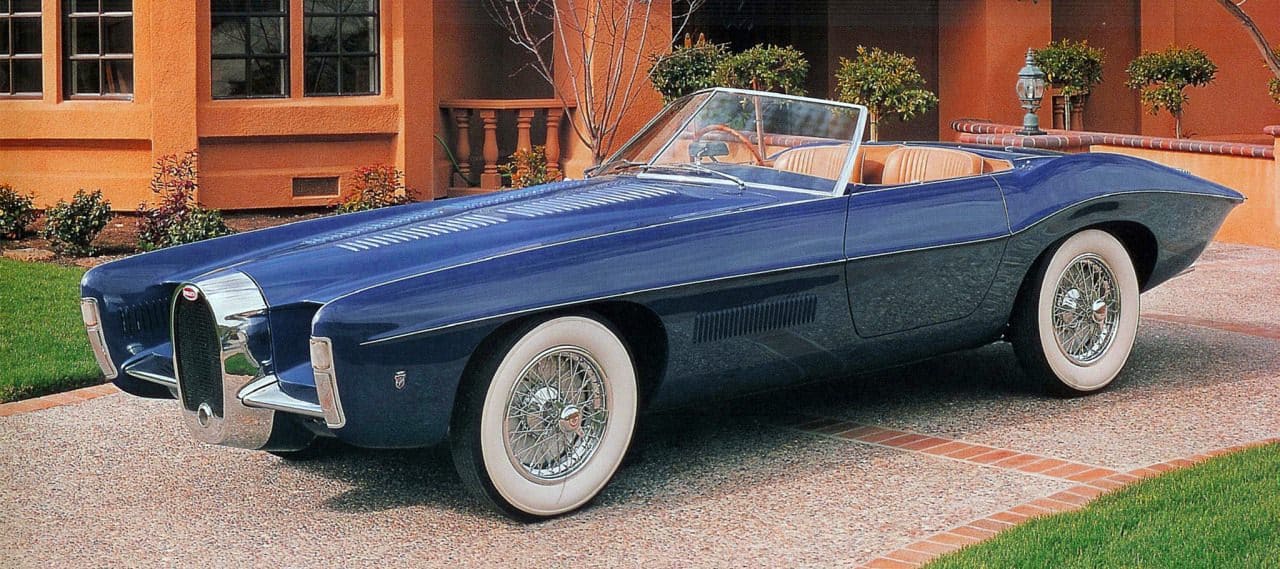

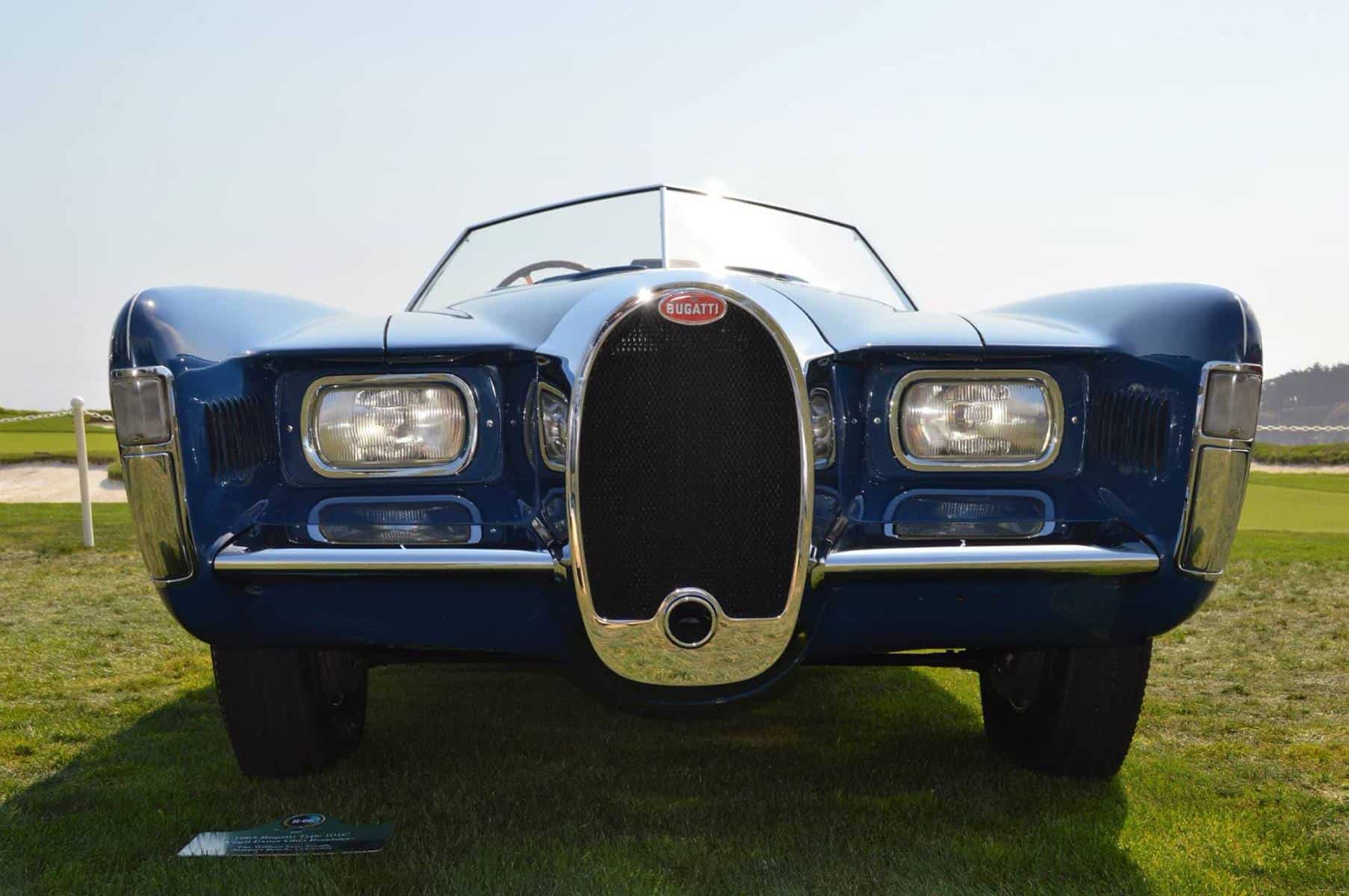
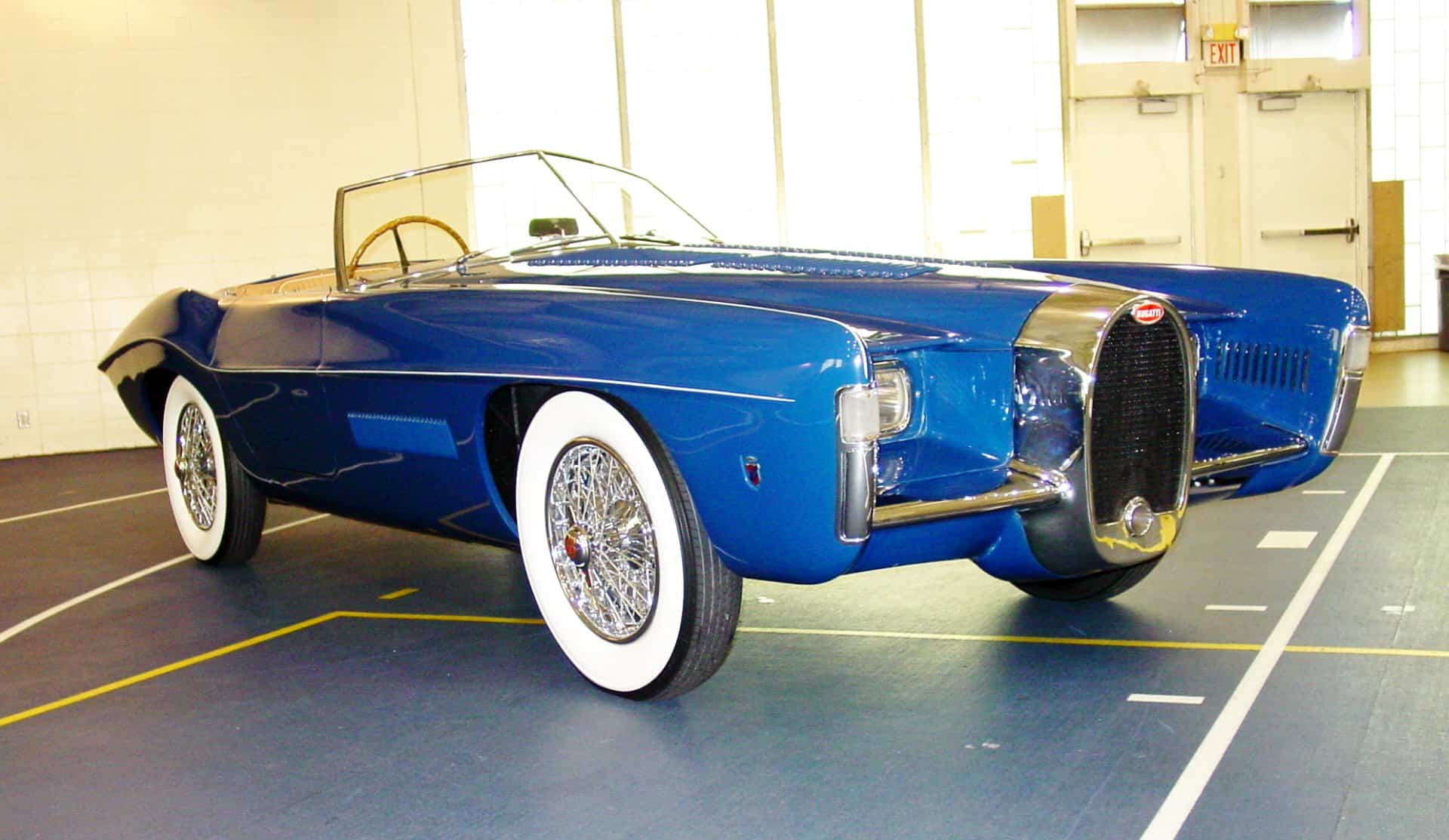
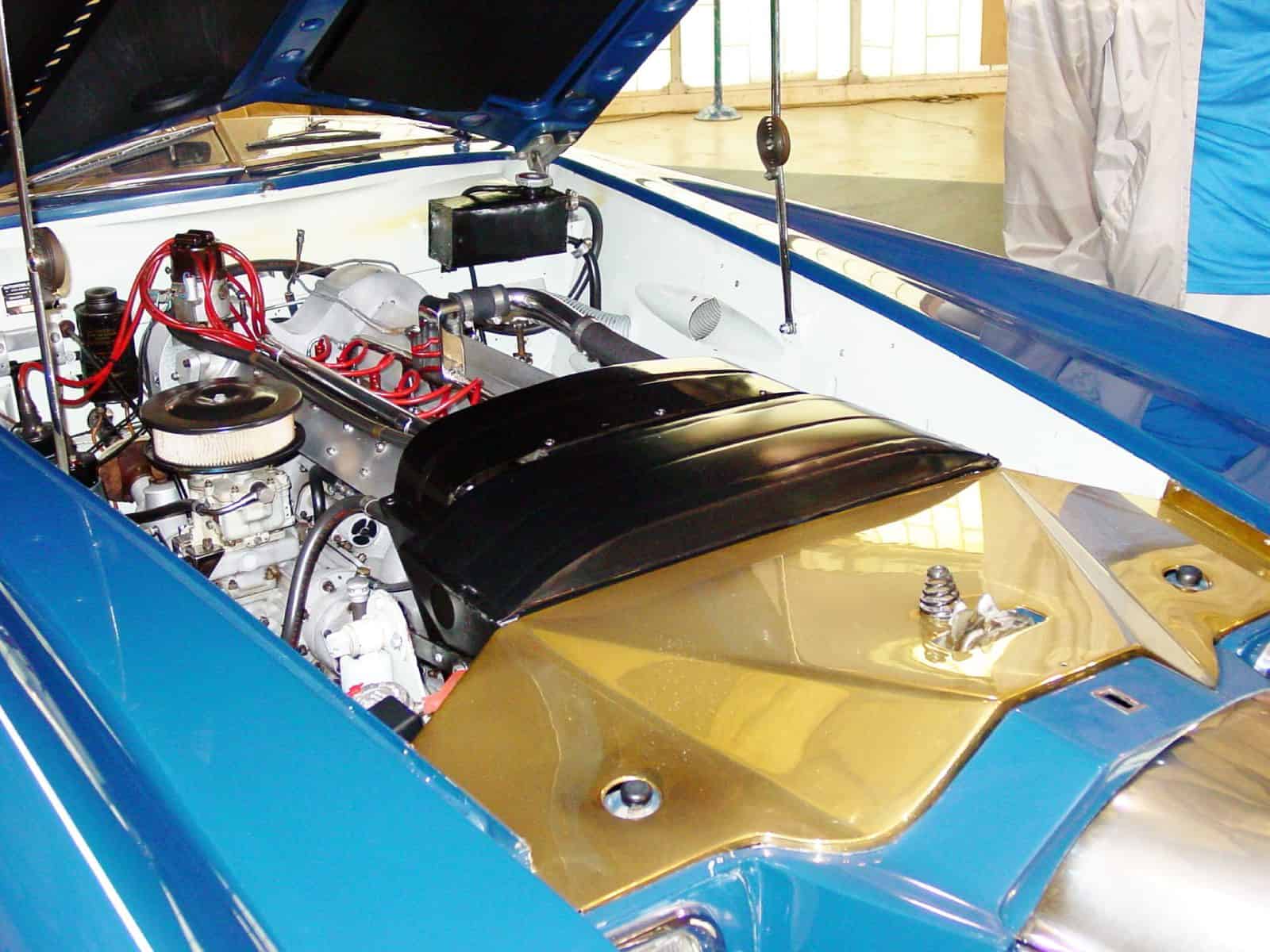


![alfa gtz perfectly imperfect webannerl[1]](https://automedia.revsinstitute.org/wp-content/uploads/2024/08/Alfa-GTZ-Perfectly-Imperfect-webannerl1-uai-1200x800.jpg)
